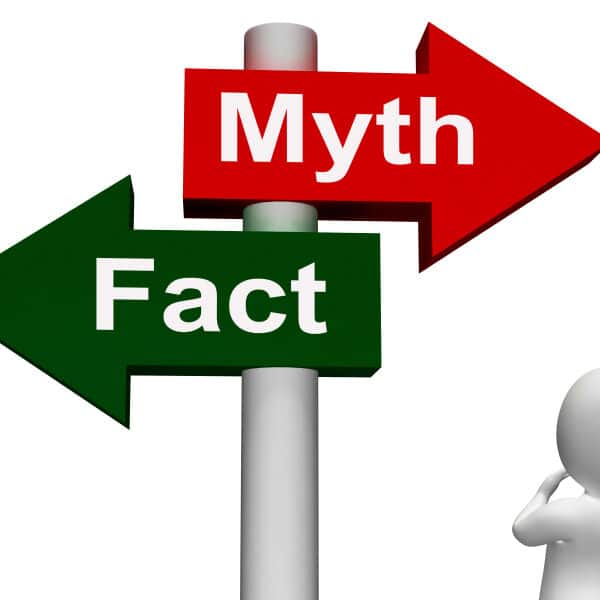 What does the CQC really expect?
What does the CQC really expect?
From my colleagues at other practices I often hear rumours about what is required by the CQC. However, over the last 12 months Professor Nigel Sparrow, the CQC’s Senior National GP Advisor, has been addressing common myths about inspections of GP and out-of-hours services, and he shares agreed guidance to help practices achieve the required evidence. A link to the CQC’s Mythbuster tips can be found at the end of this blog, but here are my top five myths and guidance on what is actually necessary.
1. Practices cannot have carpets
Not true. Where carpets are used in a GP practice, the CQC expects that there should be consideration given to needs. Carpets can be used in areas where the risk of spillage is lower, such as consulting rooms, waiting area and dispensing areas, and administrative, storage and meeting rooms. Carpets should not be used in treatment and minor surgery rooms. The flooring in clinical areas should be seamless and smooth, slip-resistant, easily cleaned and appropriately wear-resistant.
2. Fabric curtains must be replaced with paper curtains.
Not true. The CQC does not specifically have guidance to cover curtains in a GP practice. It expects curtains to appear visibly clean and practices to have a system in place to ensure that they are cleaned or changed at least once every six months.
3. There is a specific list of emergency drugs that should be available to GPs in their practices and in the doctor’s home visit bag
Not true. The CQC cannot be 100 per cent prescriptive around the exact emergency drugs that should be available to GPs because it depends on the situation. GPs need to carry a range of drugs for use in acute situations when on home visits. Exactly which drugs they should carry is very dependent on the location of the practice.
4. Practices must have their water systems professionally tested for Legionella
Not true. All that the CQC expects is that GP practices can provide assurance that they have carried out risk assessments to identify all risks associated with their premises, and that they are managing these risks. A simple assessment may show that the risks are low and being properly managed. The risk assessor should be able to identify if the water system is likely to create a chance of exposure to Legionella bacteria. The simple test of regularly running each hot water tap, using a thermometer to check it reaches above 45°C, and then documenting the findings may be all that is required to show that the risks are low and are being properly reviewed.
5. Practices need to notify the CQC about every death of a registered patient
Not true. However, practices must provide details to the CQC if the death occurred while care was actually being provided, for example:
- While a patient was in consultation with their GP
- While at their surgery
- During a home visit
In addition, providers must notify the CQC of deaths that occurred within two weeks of a clinical interaction with practice staff if:
- The death was, or may have been, the result of the care or how it was provided, and
- Could not be attributed to the course which the illness or medical condition would naturally have taken if the deceased had been receiving appropriate care and treatment.
For a current list of CQC’s Mythbuster tips please click here.




